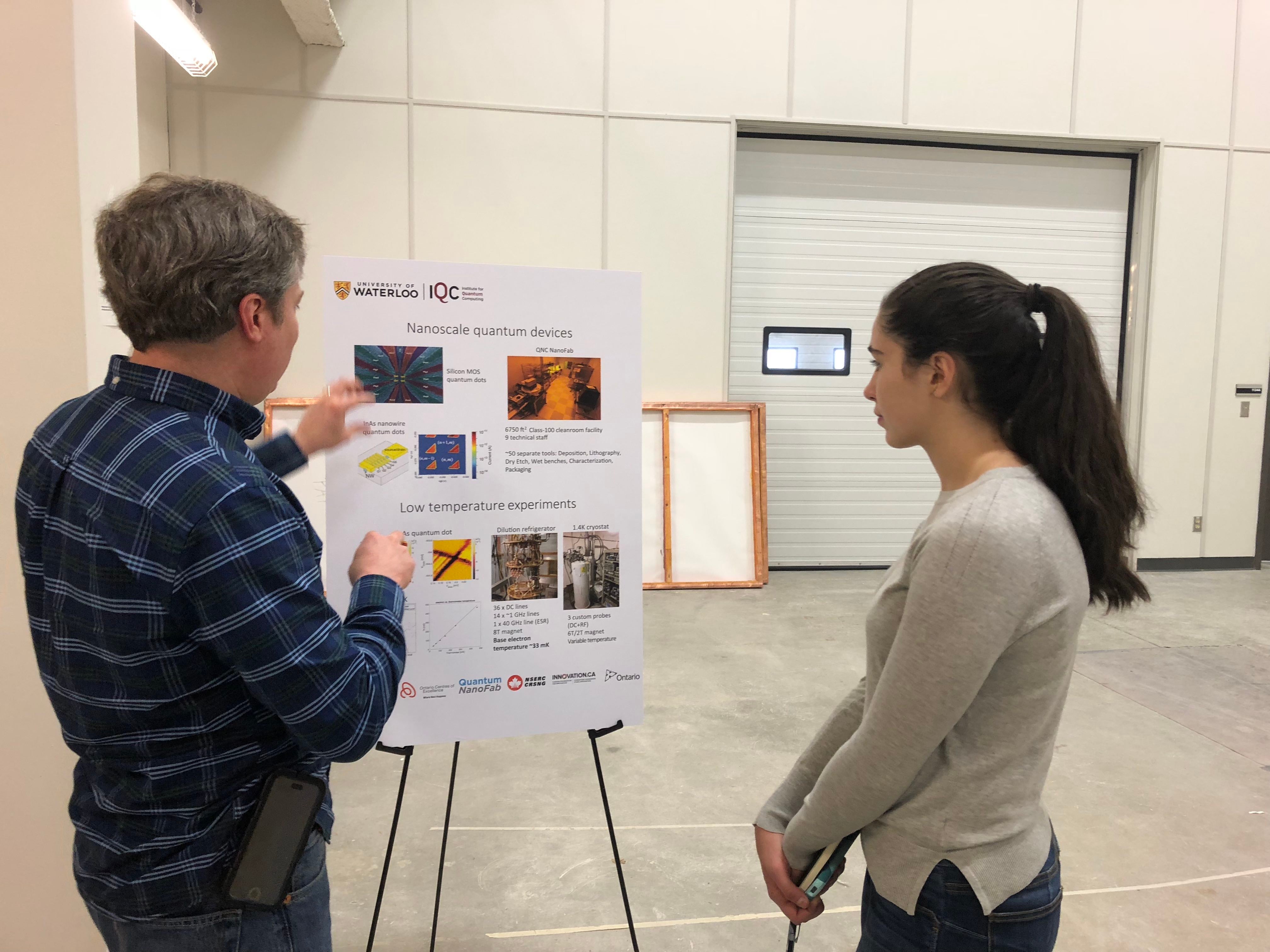New paper on single-electron pumps
UPDATE: this paper is now published in Applied Physics Letters!
A preprint describing our recent work on single electron pumps in dopant-free GaAs 2D electron gases is now available on the arxiv. Here is the abstract:
We have realized quantized charge pumping using non-adiabatic single-electron pumps in dopant-free GaAs two-dimensional electron gases (2DEGs). The dopant-free III-V platform allows for ambipolar devices, such as p-i-n junctions, that could be combined with such pumps to form electrically-driven single photon sources. Our pumps operate at up to 0.95 GHz and achieve remarkable performance considering the relaxed experimental conditions: one-gate pumping in zero magnetic field and temperatures up to 5K, driven by a simple RF sine waveform. Fitting to a universal decay cascade model yields values for the figure of merit δ that compare favorably to reported modulation-doped GaAs pumps operating under similar conditions. The devices reported here are already suitable for optoelectronics applications, and with further improvement could offer a route to a current standard that does not require sub-Kelvin temperatures and high magnetic fields.
